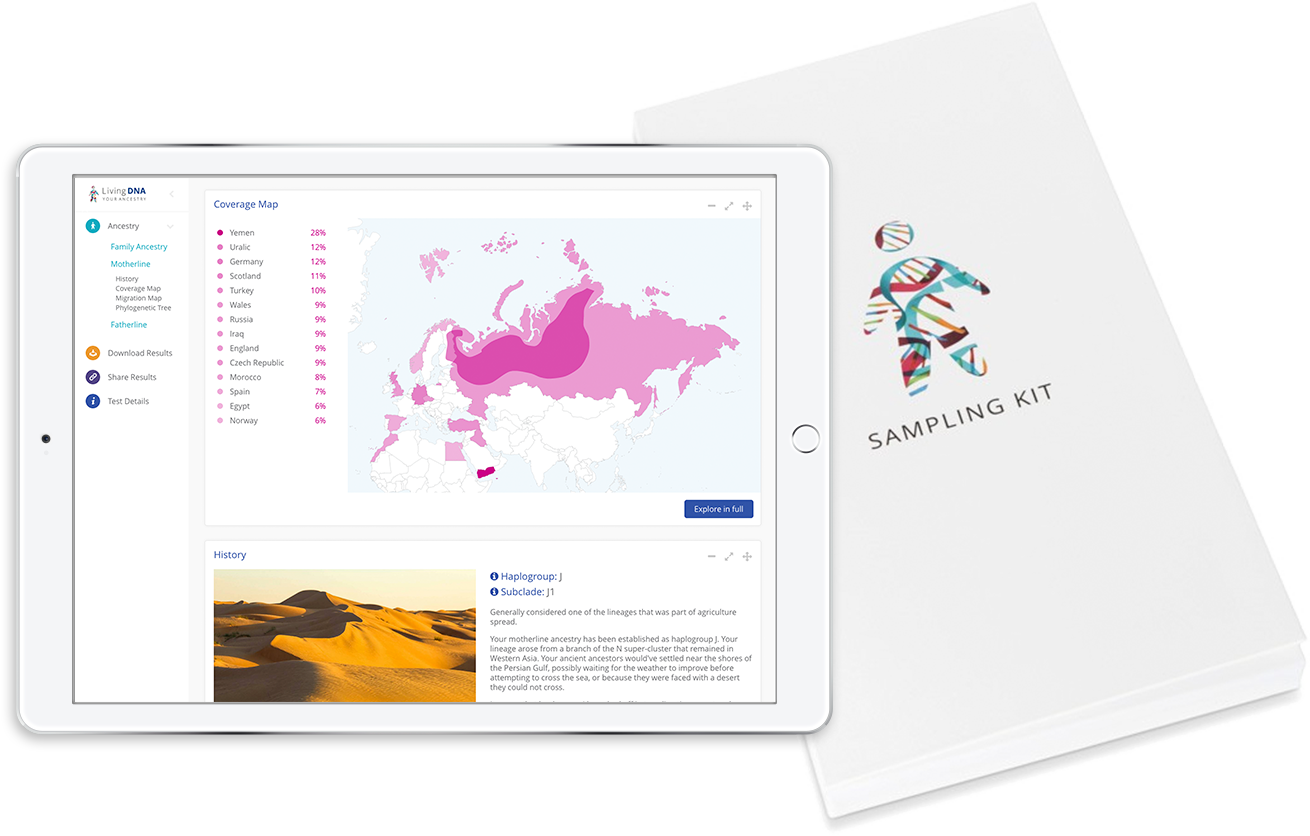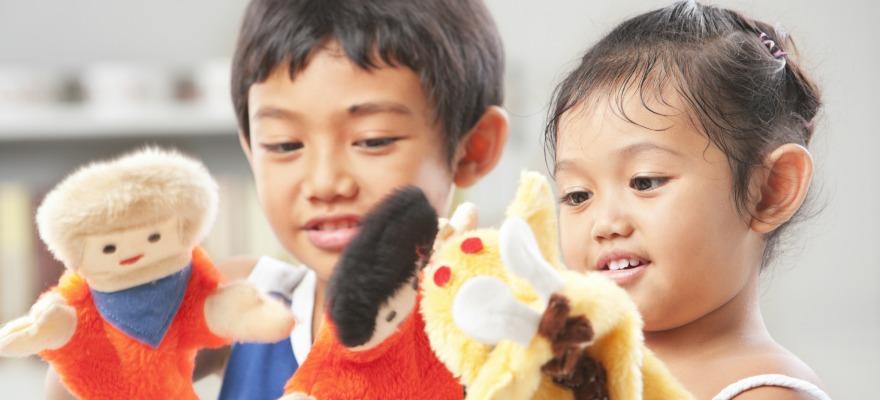Siblingship tests are provided to determine the statistical probability of whether or not the two or more individuals are full siblings, half siblings or unrelated. Two individuals might be full siblings sharing both parents or half siblings sharing only one parent.
Scenario one: full siblingship
Typically a siblingship test compares two scenarios, this is what we call a “hypothesis”, for example, two individuals that know they share the same mother might ask us “can we find out if we share the same father as well?”
If this is the case then we would test hypothesis one, A and B are full siblings against hypothesis two, A and B are half siblings, sharing the same mother, however, having two different fathers.
A typical outcome could be a probability of 99.93% for hypothesis one “A and B are full siblings” and 0.07% for hypothesis two “A and B are half siblings, sharing the same mother, and have two different unrelated fathers.”
Our report would be worded in the following way "Based on our analysis and the biostatistical evaluation of the hypotheses, it is practically proven that A and B are full siblings.”
Scenario two: half siblingship
If two people who know that they have different mothers, but are unsure whether they have the same father, a half siblingship test will need to be carried out.
If this is the case we would test hypothesis one, A and B are half siblings, having the same father and two different mothers. Against hypothesis two, A and B are unrelated, they do not share a mother or a father.
If A and B are in fact unrelated, a typical outcome could be a probability of 1.2% for hypothesis one and 98.8% for hypothesis two.
This would then be worded in our report in the following way:
"Based on our analysis and the biostatistical evaluation of the hypotheses, it is highly unlikely that A and B are half siblings. It is highly likely that A and B are unrelated."
In rarer cases, it might be that only 70% probability is reached, if this is the case, then we cannot determine the exact relationship between the two individuals. We would recommend DNA siblingship testing of further relatives if possible, to give a clearer and more conclusive result.
A special case of siblingship testing is a case of two potential brothers, in such cases, we can use the Y-chromosome. The Y chromosome is genetically passed down during conception from the father to his son(s). Therefore if there is an identical Y-chromosome, this is direct evidence of a common father.
However, we must consider that all males in a paternal line share the same Y-chromosome, for example the brother of the alleged father could also be a candidate to be the father of the two tested brothers. a Y-chromosome test cannot distinguish between these two men and further testing will be needed.
What is needed to complete a siblingship test?
Each test requires a swab to be taken gently from the inside of the individuals cheek. Accuracy of each siblingship test aims to achieve at least a 99% proof of relationship between the two individuals in question.
Its important to relay as much information as possible, for instance, with a full siblingship vs a half siblingship test, if it is known that two individuals share the same mother but they are unsure if they share the same father, then It's important to tell the DNA Worldwide team. This will allow us to apply the correct siblingship test that will provide a conclusive outcome.



.jpg)

.jpg)


